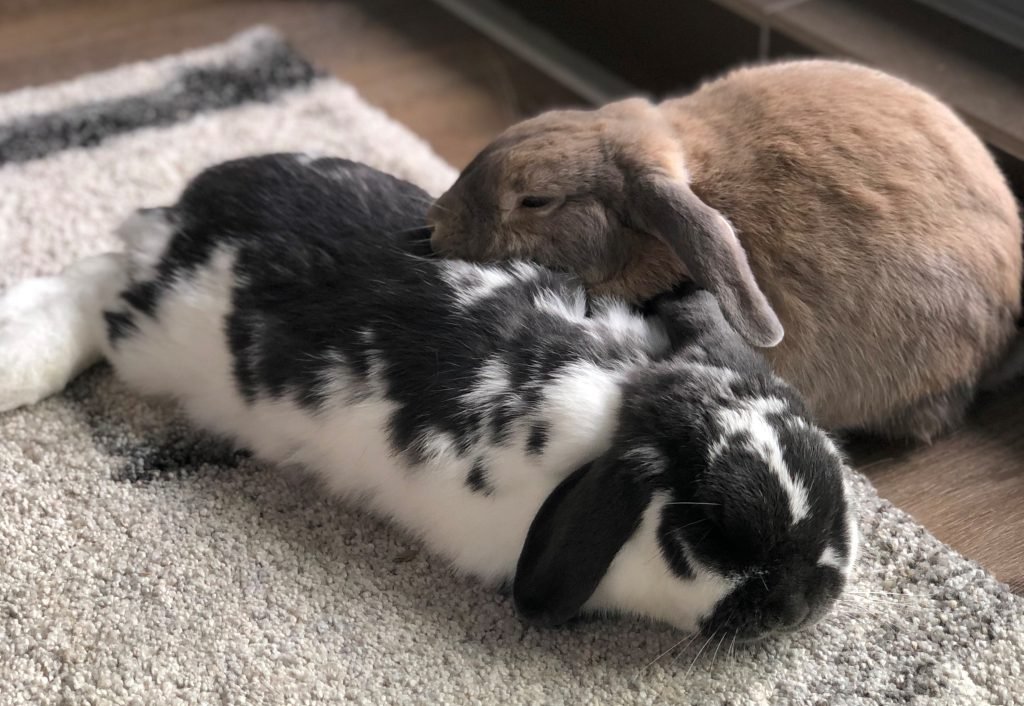Surgery & Anaesthesia
We perform a range of surgeries, including:
- desexing (ovariohysterectomy, ovariectomy)
- caesareans (including egg removal in egg-laying species)
- lump (tumour, abscess, cyst) removal (lumpectomy)
- rabbit ear surgeries (ear canal resection, bulla osteotomy)
- rhinotomy and rhinostomy
- eye removal (enucleation, bird evisceration), eyelid surgeries
- exploratory laparotomy/coeliotomy
- hernia repair
- cystotomy (eg. bladder stone removal)
- gastrointestinal tract surgeries (intestinal obstruction, foreign body removal, resection)
- liver and gall bladder surgeries
- amputations
- endoscope-assisted surgeries
- fracture repair
To ensure the highest level of safety for exotics surgeries:
- Surgeries are performed under magnification for improved precision.
- Radiosurgery is used to minimise blood loss without damaging the surrounding tissue (this is different to cautery).
- Anaesthesia is monitored by a dedicated nurse.
Desexing
Dogs and cats are routinely desexed for health and behavioural reasons. In exotics, there are also many benefits to desexing.
- Female rabbits have a high risk of developing uterine and mammary cancer. In some breeds, 60% of undesexed adult female rabbits over 4 years of age are affected.
- Female rats have a high risk of developing mammary tumours. Desexing can reduce this risk by 95%.
- Male guinea pigs commonly develop faecal impaction, which can be reduced by desexing.
- Desexing will prevent breeding and can reduce fighting so that individuals can be kept in pairs or social groups.
- Desexing can reduce the incidence of undesirable behaviours.
At AVES, patients undergoing desexing surgery receive intravenous fluids and take-home pain relief. We are happy to discuss any questions you may have about desexing your pet.
Anaesthesia
Exotics anaesthesia often brings a lot of fear to pet owners, and this is understandable. There are many “horror stories” about pets undergoing anaesthesia for routine procedures and not waking up.
What is anaesthesia? Anaesthesia creates a state of unconsciousness, muscle relaxation, amnesia and pain relief, and is used in animals and people to allow surgeries and other painful procedures to be performed. During anaesthesia, the normal physiologic processes, such as heart rate, blood pressure and breathing, can become depressed. With the correct combination of anaesthetic agents and monitoring equipment, these can be controlled. Over the years, there have been significant improvements in patient safety when it comes to anaesthesia and the risks of anaesthesia are very low.
In dogs and cats, anaesthetic mortality risk is less than 1%. In exotic pets, mortality rates have been reported for rabbits, rats, guinea pigs and birds, and range from 1% to 4%. The reason for this higher % is largely due to differences in their anatomy and physiology, which are misunderstood, and underlying illnesses that can go undetected.
At AVES, we understand the unique needs of our exotics patients, and our staff are highly trained in managing the anaesthetics of exotics, from routine to complex, from admission to discharge. We take every precaution to reduce the risks.
On admission, the patients are examined to ensure they are fit to undergo an anaesthetic and if needed, blood tests are performed to check for illnesses that may affect their anaesthetic safety. The patients are set up comfortably in a stress-free environment. The anaesthetic drug protocol is tailored to the needs of the patient and the procedure being performed.
During the anaesthetic, the patients are monitored continuously.
• Endotracheal intubation and ventilation: an endotracheal tube allows control of the airway, monitoring of ventilation and provision of ventilation if the patient is not breathing adequately.
• Oxygenation: oxygen is delivered, and haemoglobin saturation is continuously monitored, along with the heart rate.
• Blood pressure: adequate blood pressure is essential to deliver blood to vital organs and is continuously monitored.
• Intravenous catheterisation: IV catheters are placed to deliver intravenous fluids and any medications necessary. It also allows prompt delivery of emergency drugs if required.
• Thermal support: the smaller the patient, the faster they lose body heat, which can result in anaesthetic complications. Patients are kept warm with warming devices and body temperature is continuously monitored.
• ECG (electrocardiography): electrical activity of the heart is monitored for arrhythmias.
• Multi-modal analgesia: the pain pathway has many components and pain can adversely affect anaesthetic recovery and the welfare of the patient. Pain relief is provided using a multi-modal approach, ensuring the pain pathway is intercepted at multiple steps.
Once the anaesthetic is finished, patients are monitored until they are recovered, ensuring all their vital parameters have returned to normal and their pain is controlled.
We are happy to discuss any questions or concerns you may have about your pet undergoing anaesthesia.

